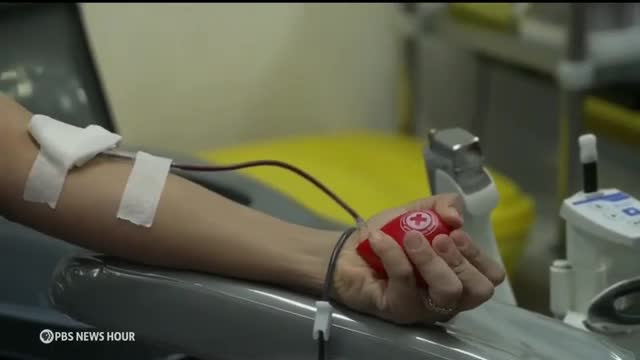Lebanon faces escalating conflict as survival instinct is tested
This article was created by AI summarizing key points discussed. AI makes mistakes, so for full details and context, please refer to the video of the full meeting. Please report any errors so we can fix them. Report an error »

In the midst of escalating violence and uncertainty, the people of Lebanon and northern Israel are grappling with the harsh realities of an ongoing conflict that has intensified since the October 7 terrorist attacks on Israel. Reports indicate that Hezbollah has launched over 230 rockets and drones into northern Israel, prompting significant military responses from the Israeli government, including the evacuation of more than 60,000 residents from border areas.
In Kiryat Shmona, a city just a mile and a half from the Lebanese border, the impact of the conflict is palpable. Once a bustling community, the town has been subjected to more than 200 attacks in the past 11 months, leaving homes damaged and schools deserted. Ariel Frisch, the city's deputy security chief, described the chilling reality of living under constant threat, where alarms provide mere seconds of warning before incoming projectiles strike.
The mayor of Kiryat Shmona, Abhay Stern, emphasized the need for a strategic military response to dismantle Hezbollah's infrastructure, which poses a daily threat to residents. He supports what Israel refers to as a \"limited invasion\" of Lebanon aimed at neutralizing Hezbollah's capabilities. However, he acknowledged that many residents may never return, with over 40% of the population already displaced.
As families seek refuge in hotels across Tel Aviv, the emotional toll of displacement is evident. One family, forced to flee shortly after the birth of their child, expressed feelings of grief and dislocation, struggling to adapt to life away from their home. The ongoing conflict has not only disrupted daily life but has also instilled a pervasive sense of fear and anxiety among those affected.
The situation remains fluid, with both sides entrenched in a cycle of violence that threatens to escalate further. As the conflict continues, the resilience of the Lebanese and Israeli people is being tested, with survival becoming the primary focus amid the chaos.
In Kiryat Shmona, a city just a mile and a half from the Lebanese border, the impact of the conflict is palpable. Once a bustling community, the town has been subjected to more than 200 attacks in the past 11 months, leaving homes damaged and schools deserted. Ariel Frisch, the city's deputy security chief, described the chilling reality of living under constant threat, where alarms provide mere seconds of warning before incoming projectiles strike.
The mayor of Kiryat Shmona, Abhay Stern, emphasized the need for a strategic military response to dismantle Hezbollah's infrastructure, which poses a daily threat to residents. He supports what Israel refers to as a \"limited invasion\" of Lebanon aimed at neutralizing Hezbollah's capabilities. However, he acknowledged that many residents may never return, with over 40% of the population already displaced.
As families seek refuge in hotels across Tel Aviv, the emotional toll of displacement is evident. One family, forced to flee shortly after the birth of their child, expressed feelings of grief and dislocation, struggling to adapt to life away from their home. The ongoing conflict has not only disrupted daily life but has also instilled a pervasive sense of fear and anxiety among those affected.
The situation remains fluid, with both sides entrenched in a cycle of violence that threatens to escalate further. As the conflict continues, the resilience of the Lebanese and Israeli people is being tested, with survival becoming the primary focus amid the chaos.
View full meeting
This article is based on a recent meeting—watch the full video and explore the complete transcript for deeper insights into the discussion.
View full meeting